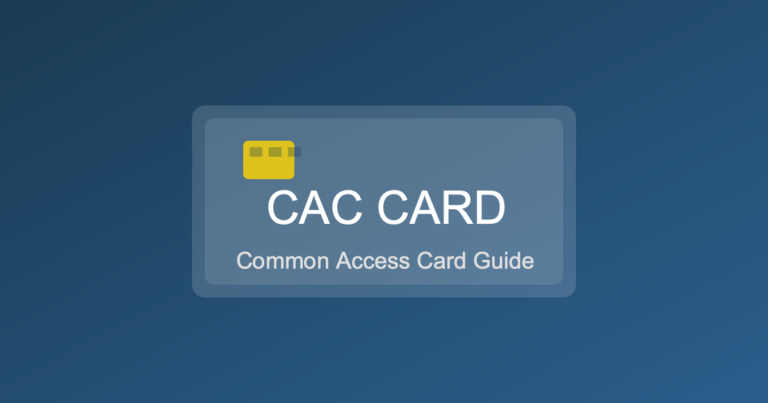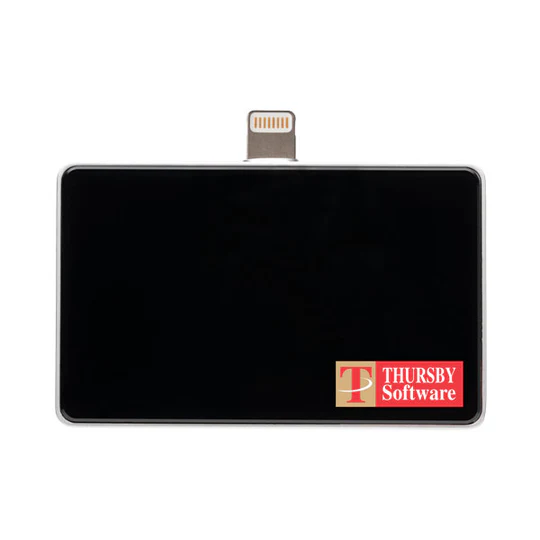Understanding the Common Access Card (CAC) in Cyber Awareness
The Common Access Card, or CAC, plays a crucial role in the realms of cybersecurity and identity verification. Primarily issued to Department of Defense (DoD) personnel, contractors, and military affiliates, the CAC is a smart card that integrates several vital functions.
Secure Identification
The CAC is a form of secure identification. It contains a chip that stores personal data of the cardholder, digitized certificates, and unique identifiers. On a basic level, this helps to authenticate users when accessing computer networks, systems, and facilities. The information within the card is protected by a PIN that the user must enter. This feature ensures that even if the card is lost, unauthorized users cannot access the sensitive information it contains.
Accessing Networks and Systems
A CAC is an essential tool for accessing secured networks and computer systems. When a user inserts the card into a reader connected to their computer, the card provides a digital certificate. This certificate is a proof of identity that allows users to enter secured systems without using a traditional username and password. The use of CACs reduces the risk of unauthorized access and makes it more challenging for intruders to compromise critical systems.
Encryption and Decryption
Encryption is a key component of contemporary cybersecurity practices. The CAC plays an important role in the encryption and decryption of emails and files. Each CAC has its own unique encryption key that works alongside other security components. When a user sends an encrypted message, the recipient uses their CAC to decrypt it. This provides a layer of privacy and security, ensuring sensitive information remains confidential during transmission.
Digital Signatures
Digital signatures are another crucial aspect of cyber security that the CAC enables. These signatures ensure the integrity and authenticity of digital documents. When a person signs a document using their CAC, it verifies the identity of the signer and confirms that the content has not been altered since the signing. Digital signatures through CACs are used extensively in both everyday operations and critical communications within the DoD.
Middleware and Software
To use a CAC on a computer, specific middleware and drivers must be installed. These software components enable the communication between the card, the card reader, and the computer’s operating system. The middleware ensures that the computer recognizes the card and properly processes its cryptographic functions. There are different types of middleware used in the DoD environment, but most adhere to common standards to ensure compatibility and security.
Two-Factor Authentication
The CAC is a form of two-factor authentication (2FA). The first factor is the card itself, which contains the user’s credentials. The second factor is the PIN associated with the card. This combination provides a greater security level compared to single-factor authentication systems. It requires potential attackers to obtain both the physical card and the user’s PIN to gain unauthorized access.
Physical Access Control
Beyond providing digital access, the CAC also functions as a badge for physical access to buildings and secure areas. Readers at entry points authenticate the card and grant access based on predefined permissions. This integration of digital and physical security helps to maintain comprehensive protection over sensitive areas and resources.
Issuance and Management
Issuing a CAC involves several steps to ensure the security and legitimacy of the card. Each cardholder must provide biometric data, such as fingerprints, and establish their identity through official documents. CACs have an expiration date and must be renewed periodically, allowing for updates in security standards and ensuring that only authorized personnel retain access. The cards are managed by an administrative system that tracks their issuance and usage.
Impact on Cyber Awareness
Understanding and utilizing the CAC is integral to enhancing cyber awareness among its users. Frequent training on using the card effectively and securely is essential. Personnel are educated about safe practices, such as shielding their PIN from view and reporting lost cards immediately. This awareness contributes to a proactive security culture, essential in environments dealing with sensitive data.
Conclusion
While the CAC provides robust security measures, it requires users to remain vigilant. Knowing the capabilities and limitations of the CAC is critical for all personnel. Regular updates and training reinforce the importance of maintaining cyber hygiene. By leveraging the CAC’s features, organizations fortify their defenses against cyber threats and maintain secure operations.







